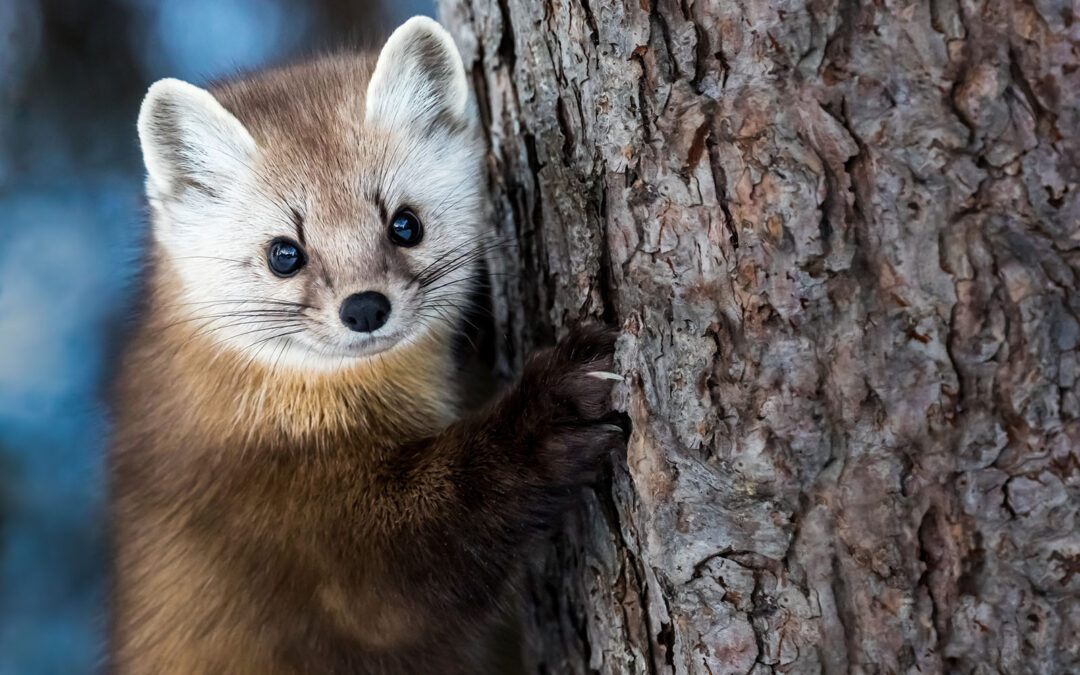One of the justifications for cutting trees is that it improves wildlife habitat, a stance promoted by the National Wild Turkey Federation, which is now funding tree-thinning projects in Chaffee County, Colorado. When asked if tree-thinning is beneficial to wildlife, Dee Malone, a research ecologist with Colorado State University, responded:
That would be a resounding NO for many, many reasons. Cutting trees is hugely harmful to both the wildlife and the ecosystem and its processes and functions. Moreover, these so-called “enhancement” projects do not address the underlying problems and instead exacerbate the issues that they purport to resolve….
Often, we see [public land agencies] clear-cutting or bush-hogging to “open” the canopy to “improve” vegetation for ungulates such as elk. Their management merely continues the “need” for management.
Forests are a process. When we interrupt that process with our “management” activities, we set the process back to the beginning stages in the succession of ecosystem development, that process that begins with, for instance, bare ground after a fire. Then come pioneering forbs and grasses, then shrubs, then pioneering trees, and eventually, a climax forest.
Different species occupy the ecosystem during each stage of the process. Finally, in the climax stages we have species such as northern goshawk, pine marten, lynx — species that require climax forests. Continually logging, bush-hogging, etc., maintains the forest in a pioneering vegetation stage so that only pioneering or generalist animal species survive there — elk, for instance, are a generalist species.


